Schedule PDF
Registration Now Open!
The Chandra X-Ray Center will be hosting a workshop on high-resolution X-ray spectroscopy August 1-3, 2023 on the campus of the Massachusetts Institute of Technology.
The workshop will concentrate on recent results in high-resolution X-ray spectroscopy, including those achieved with the transmission gratings on Chandra (LETG and HETG), the RGS on XMM-Newton, and Hitomi, as well as prospects for future missions and mission concepts. Science topics will cover the full breadth enabled by these techniques, including stars, active galactic nuclei, and diffuse gases, as well as laboratory astrophysics and simulations.
For questions, please contact us at cxcworkshop@cfa.harvard.edu
Science Topics

Active Galactic Nuclei
Grating spectroscopy of Active Galactic Nuclei represents a powerful diagnostics of the AGN circumnuclear gas at highest temperature. The study of absorption and emission features has allowed unprecedented understanding of the properties of X-ray winds, their origin and connection to the host galaxy, photoionization and/or collisional processes in the Narrow Line Region, eclipsing effects by obscuring outflows at Broad Line Region scales.
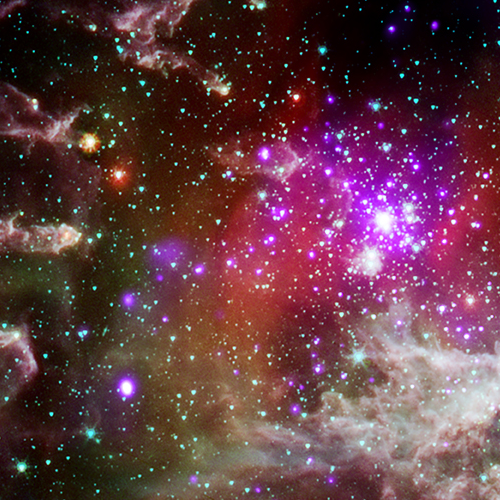
Massive Stars
Massive stars of spectral types O, B, and WR have strong stellar winds. Wind shocks, embedded in the wind or from colliding winds of binary systems, reach X-ray producing temperatures. Their emission lines are important diagnostics of wind temperatures, velocities, and ultimately the mass loss rates. A few dozen massive stars are within reach of Chandra at high resolution and are important in determining the structure of winds, evolution of these stars, and their influence on their environments.
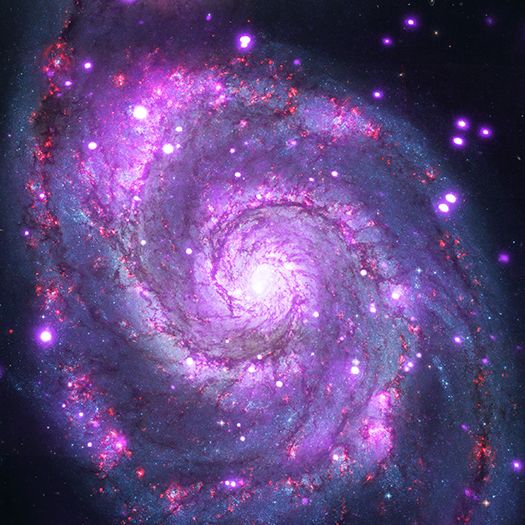
X-Ray Binaries and Compact Objects
X-ray binaries are true astrophysical laboratories. The regular variability produced by the spin and orbit of their compact objects, eases the study of the accreting flow while the eventual presence of eclipses allows to constrain the size and location of the plasma emission sites. They are among the brightest X-ray sources in the sky unleashing the full power of current high-resolution dispersive spectrometers. The accretion onto the compact object powers an intense X-ray source which, in turn, illuminates the accretion stream, the donor’s stellar wind and photosphere. The induced transitions, probe directly the physical properties (temperature, density, velocity) eof the emitting plasma.
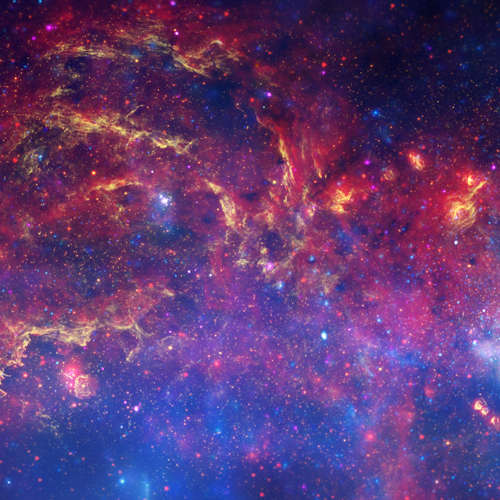
Interstellar Medium
The intervening medium imprints important features in the X-ray spectra of both galactic and extra-galactic sources. By resolving these spectral features, it is possible to study the characteristics (distribution, temperature, turbulence) of the multi-phase interstellar medium together with the chemical composition and size distribution of cosmic dust.
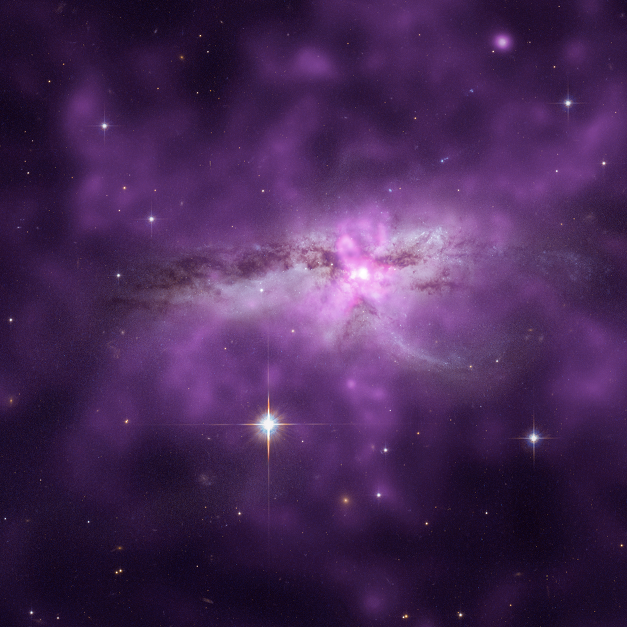
CGM and WHIM
Grating spectroscopy of bright background AGNs have revealed the presence of extremely tenuous gas in different conditions. The Warm Hot Intergalactic Medium (WHIM) is the hot, diffuse gas that traces the filaments in the large scale structure of the Universe and that may contain a large fraction of the missing baryons. Its presence is revealed via detection of weak absorption lines of highly ionized Oxygen in Quasar and Blazar spectra. The gas surrounding galactic disks — the Circumgalactic medium (CGM) — is thought to be a fundamental ingredient in galaxy evolution. The warm-hot phase of this gas can be observed and traced in both the Milky Way and in external galaxies thanks to X-ray absorption lines of multiple metals.
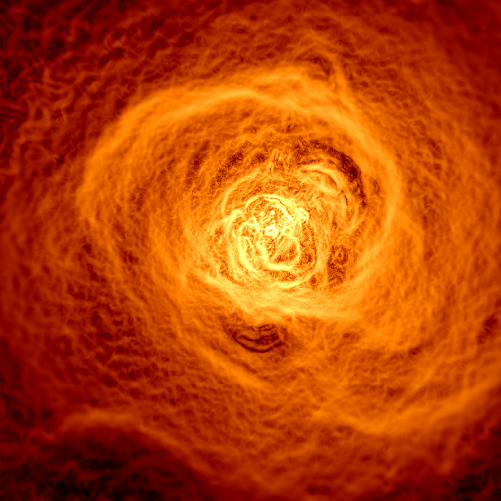
Clusters of Galaxies
The atmosphers of clusters are energetic and chaotic, driven by mergers, shocks, and AGN feedback. As stunningly demonstrated by Hitomi, high-resolution spectroscopy can reveal the natures of the motions in these systems, as well as the abundances of the gas. The deeper understanding of AGN and AGN-driven outflows enabled by high-resolution spectroscopy is also pivotal to our understanding of how clusters evolve.
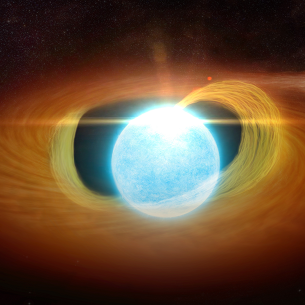
Novae and Cataclysmic Variables
Accreting white dwarfs provide a rich field for high-resolution X-ray spectroscopy, as kinematics of the emitting gas can be diagnosed from emission lines; WD in nova outburst can even form optically thick atmospheres seen as a thermal, absorption-line dominated spectrum in X-rays. Over the past decades, more and more of these objects have been found, allowing comparative studies of different classes of CVs and novae spectra.
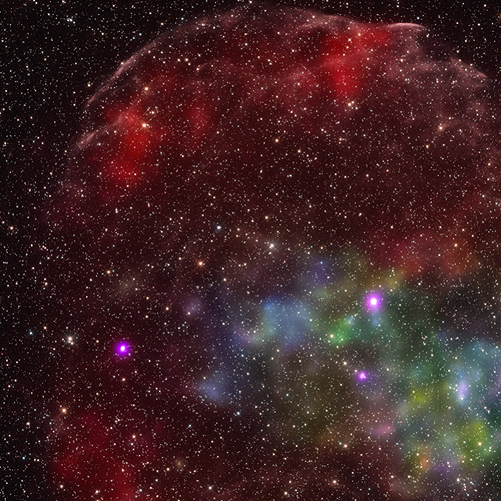
Supernovae and Remnants
High resolution spectroscopy of SNe and SNRs enables us to measure the expansion velocity and the isotropy of the expansion, which directly leads the understanding their explosion mechanism. Detecting minor elements such as Cr and Mn also helps us understand the last moment of the stars that exploded and how they enrich the environment chemically.
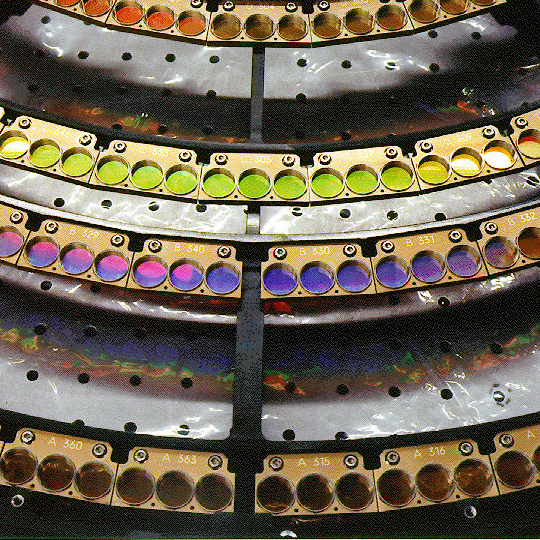
Laboratory Astrophysics
Accurate and advanced self-consistent physical models and atomic databases are necessary for correctly interpreting the resolved features in high-resolution X-ray spectra. Discrepancies between the data and the atomic models (or between different atomic models) highlight the importance of new laboratory measurements and more complex calculations. Future X-ray mission observations will represent a critical benchmark for the most advanced models.

Transient Sources
From the accretion on young stars to AGN, many of the sources studied at high spectral resolution have X-ray spectra that evolve with time. With over two decades of observations, studies of time-variability keep getting stronger, and we will highlight aspects of variability in all topics in this conference.
Invited Speakers (Confirmed)
- Costanza Argiroffi (Palermo)
- Maria Diaz-Trigo (ESO)
- Matteo Guainazzi (ESA)
- Natalie Hell (LLNL)
- Peter Kosec (MIT)
- Missagh Mehdipour (STScI)
- Matthew Millard (University of Iowa)
- Jan-Uwe Ness (ESA)
- Lida Oskinova (University of Potsdam)
- Irina Zhuravleva (University of Chicago)
Science Organizing Committee
- Hans Moritz Guenther (MIT) (co-chair)
- David P Huenemoerder (MIT) (co-chair)
- Aya Bamba (University of Tokyo)
- Ehud Behar (Technion)
- Lia Corrales (University of Michigan)
- Anna Lia Longinotti (UNAM)
- Delphine Porquet (LAM)
- Daniele Rogantini (MIT)
- Aurora Simionescu (SRON)
- Jose Torrejon (Universidad de Alicante)
Local Organizing Committee
- Thomas Connor (chair)
- Joanne Baldini
- Jason Conry
- Tara Gokas
- Hans Moritz Guenther
- David P Huenemoerder
- Daniele Rogantini
- Evan Tingle
Important Dates
- April 17, 2023: Abstract Submission Deadline
- May 16, 2023: Accepted Talks Announced
- June 15, 2023: Registration Deadline
- August 1-3, 2023: Workshop Dates
Registration is now open via Eventbrite:
https://www.eventbrite.com/e/high-resolution-x-ray-spectroscopy-registration-623809239227
Registration is $125 for in-person attendees and free for virtual participants.